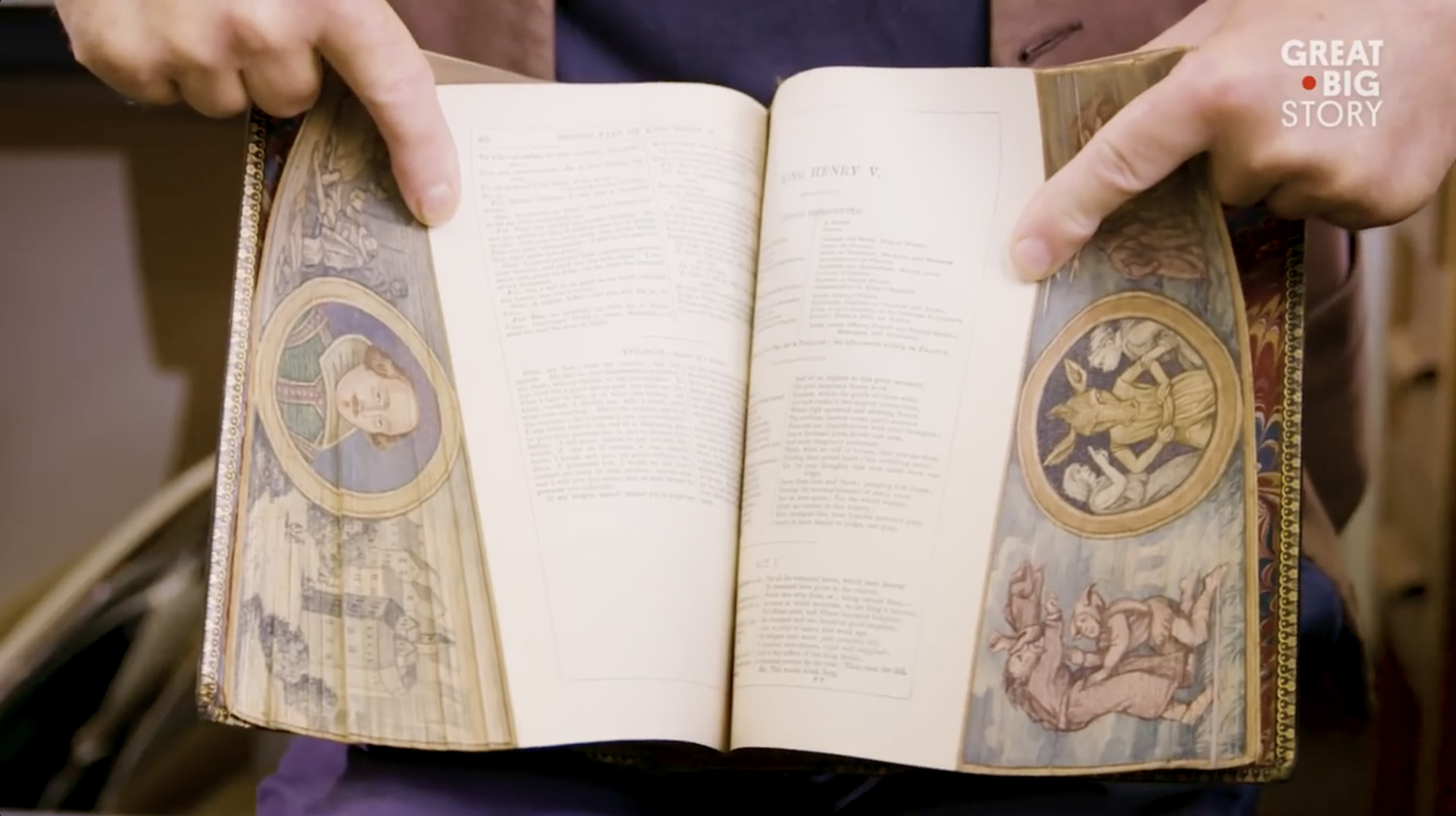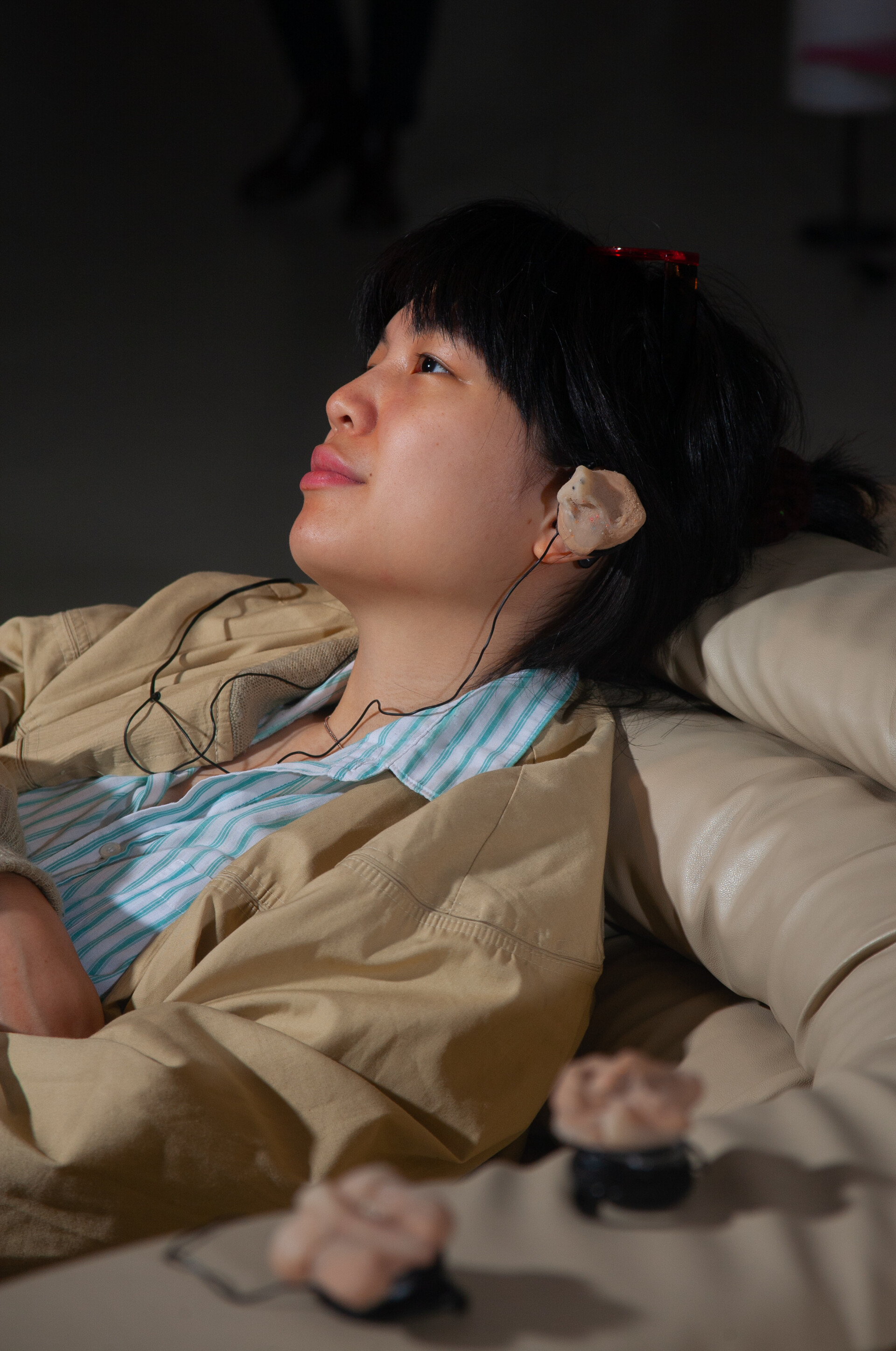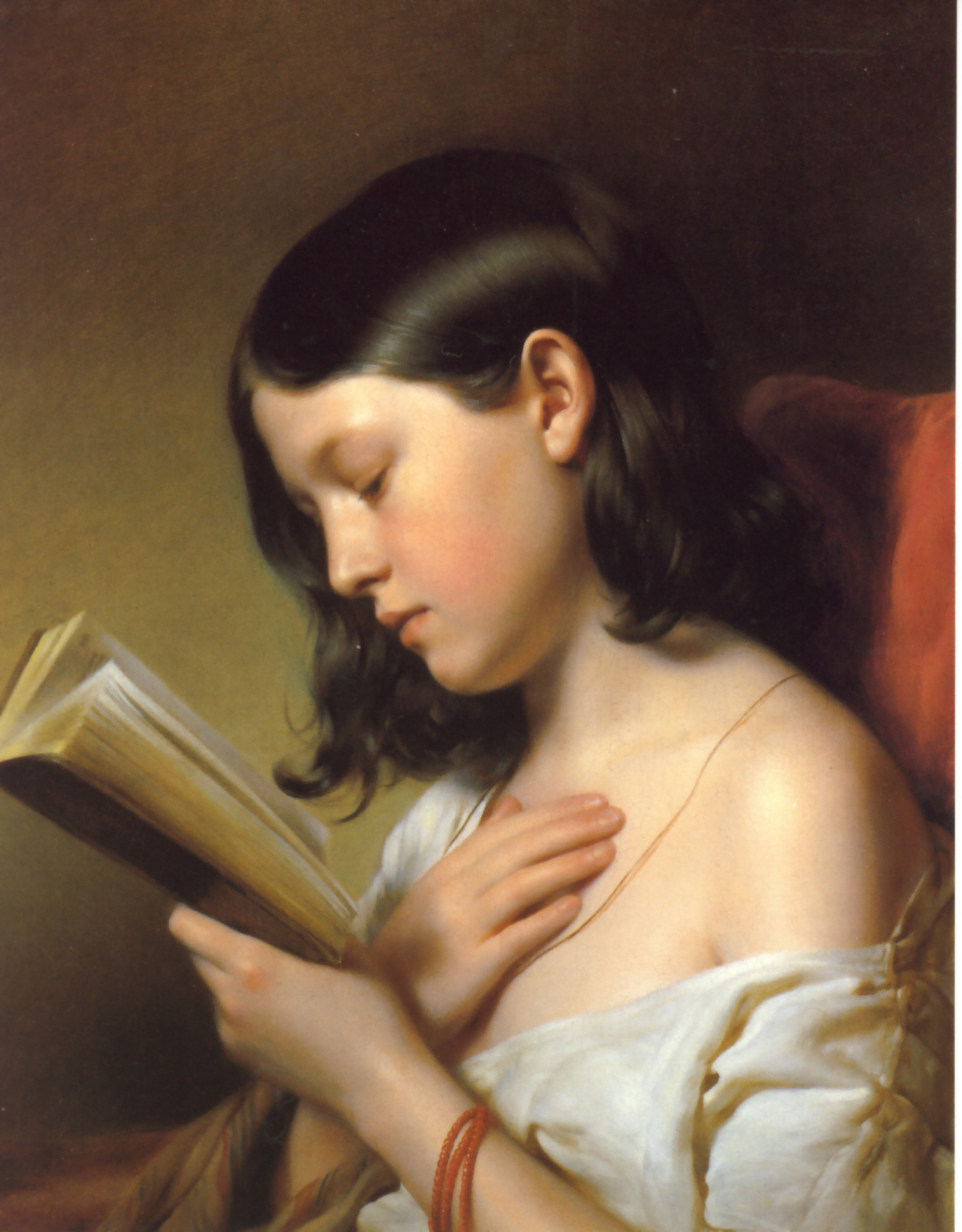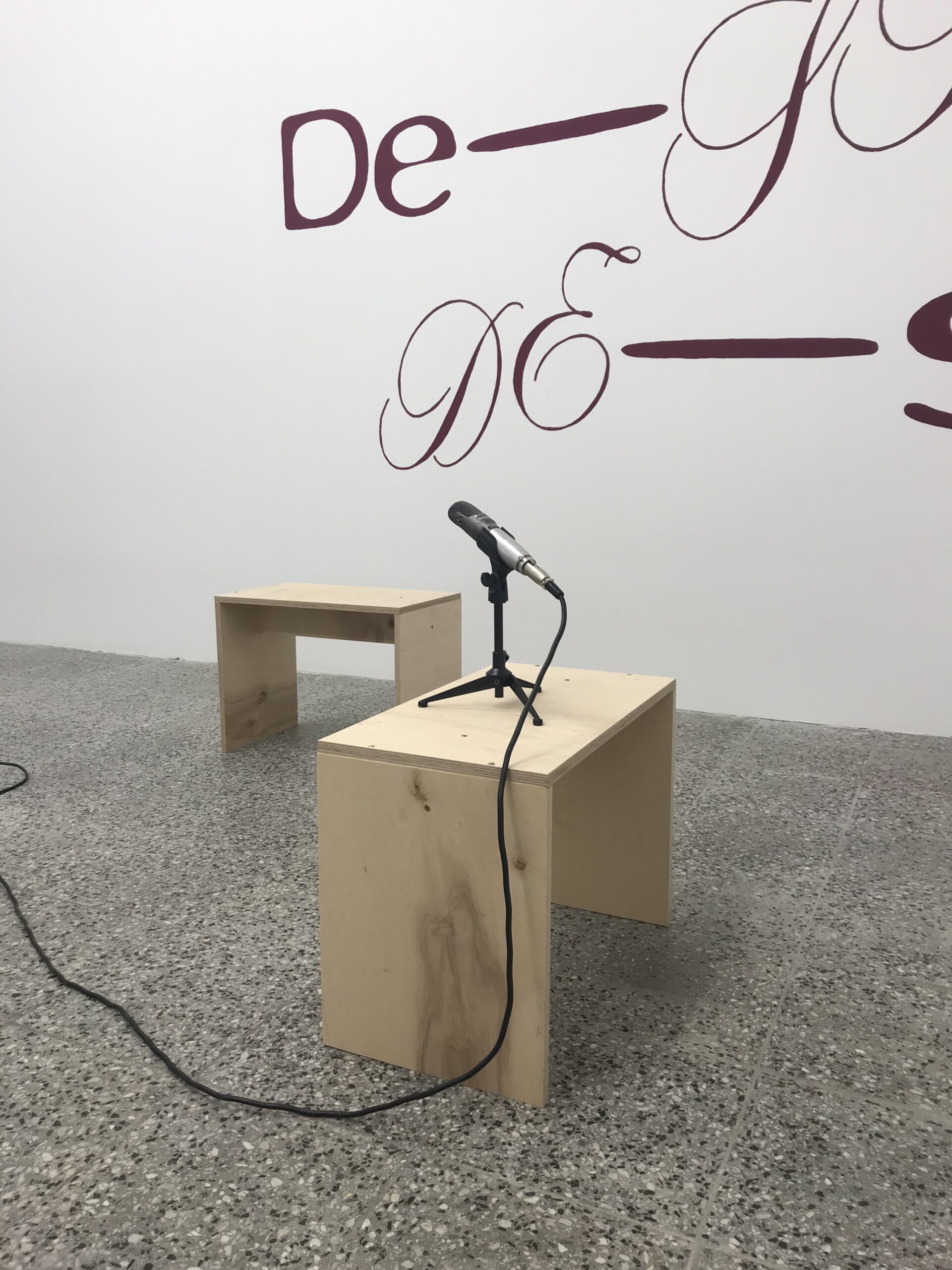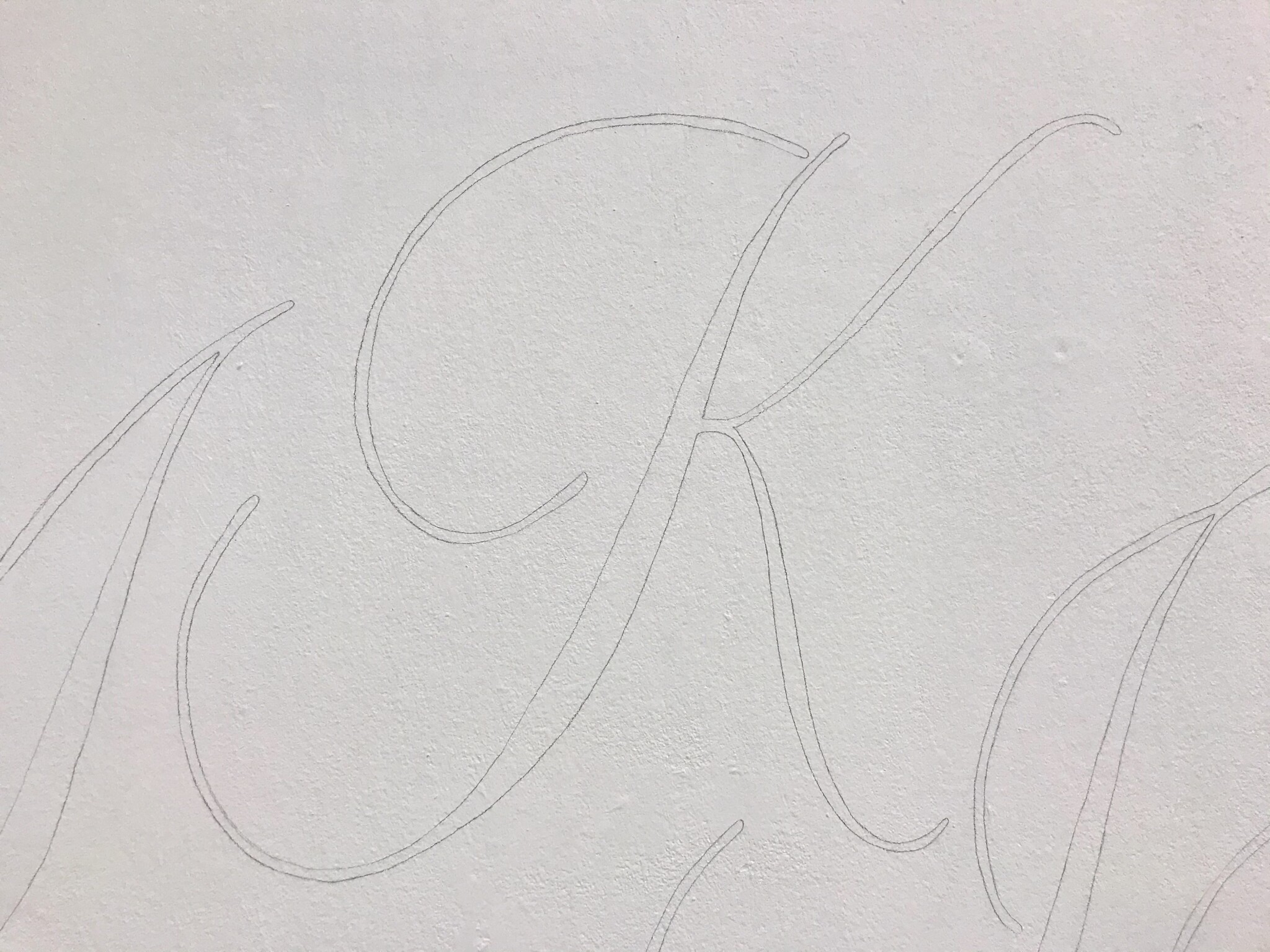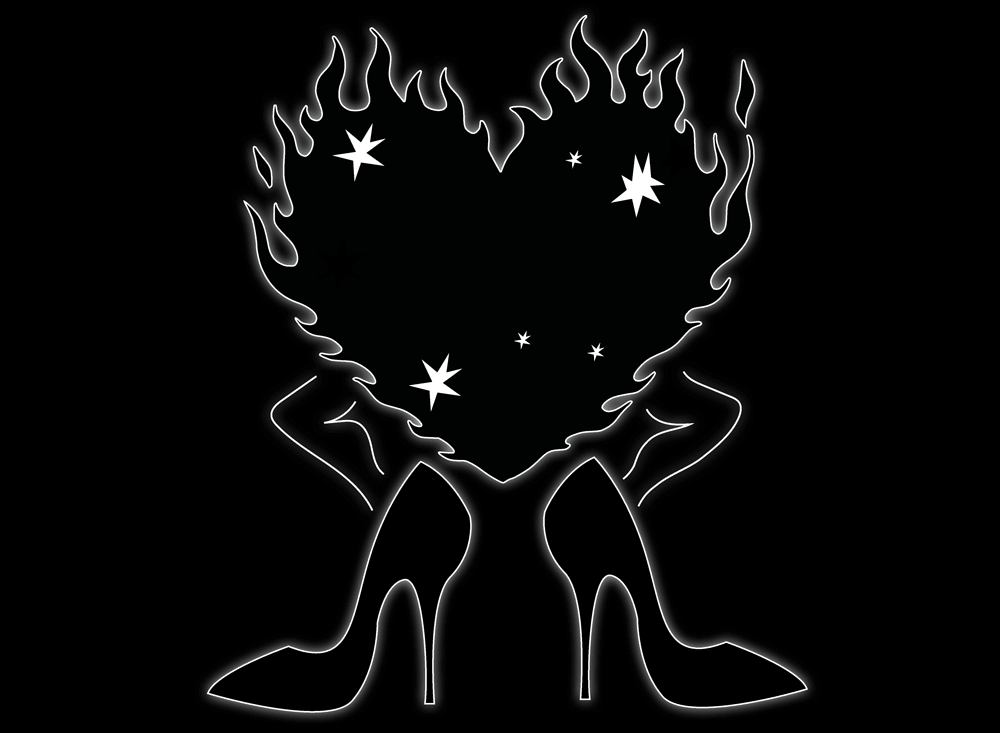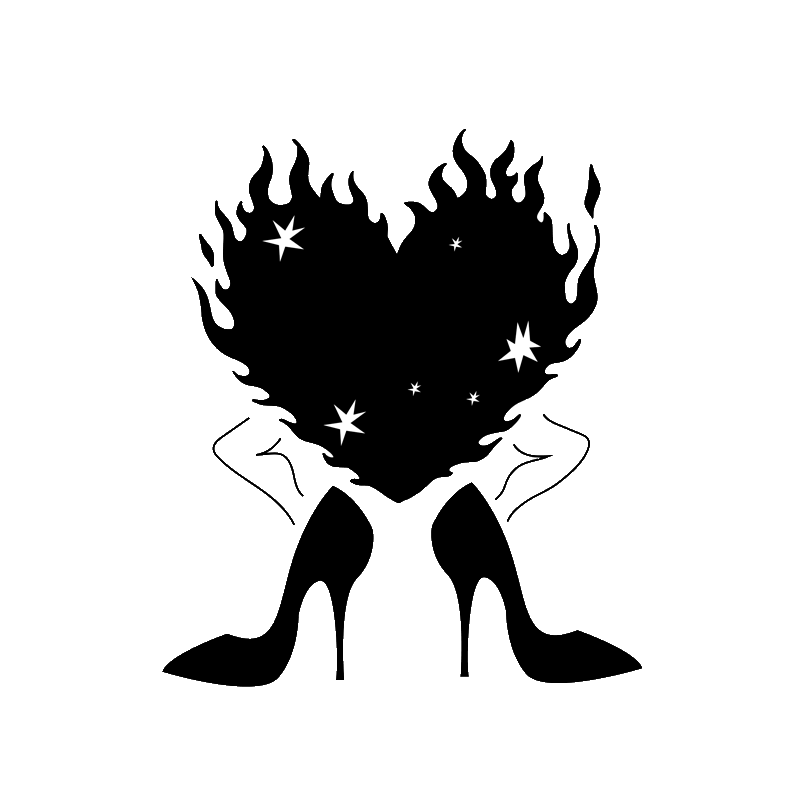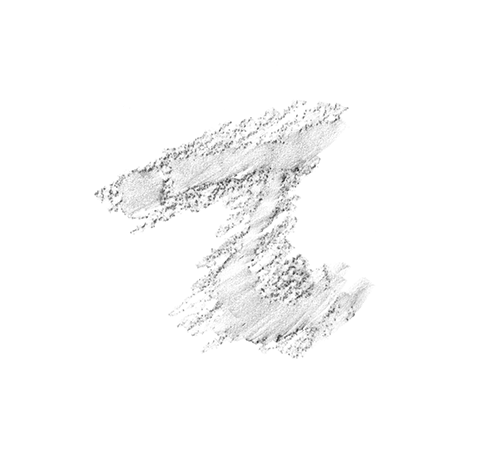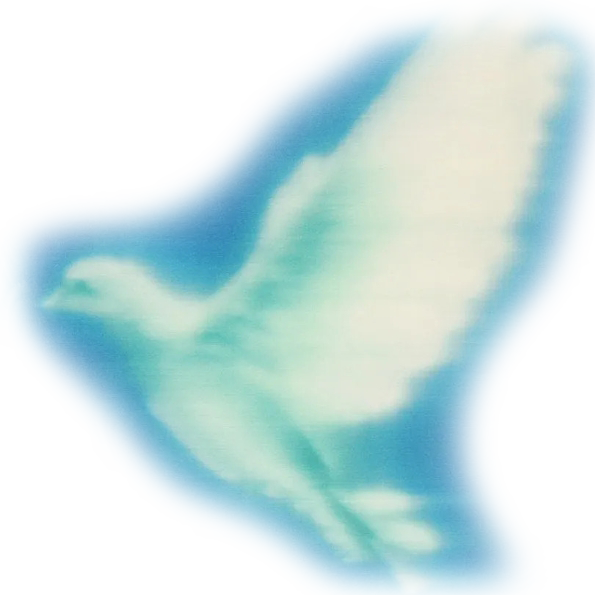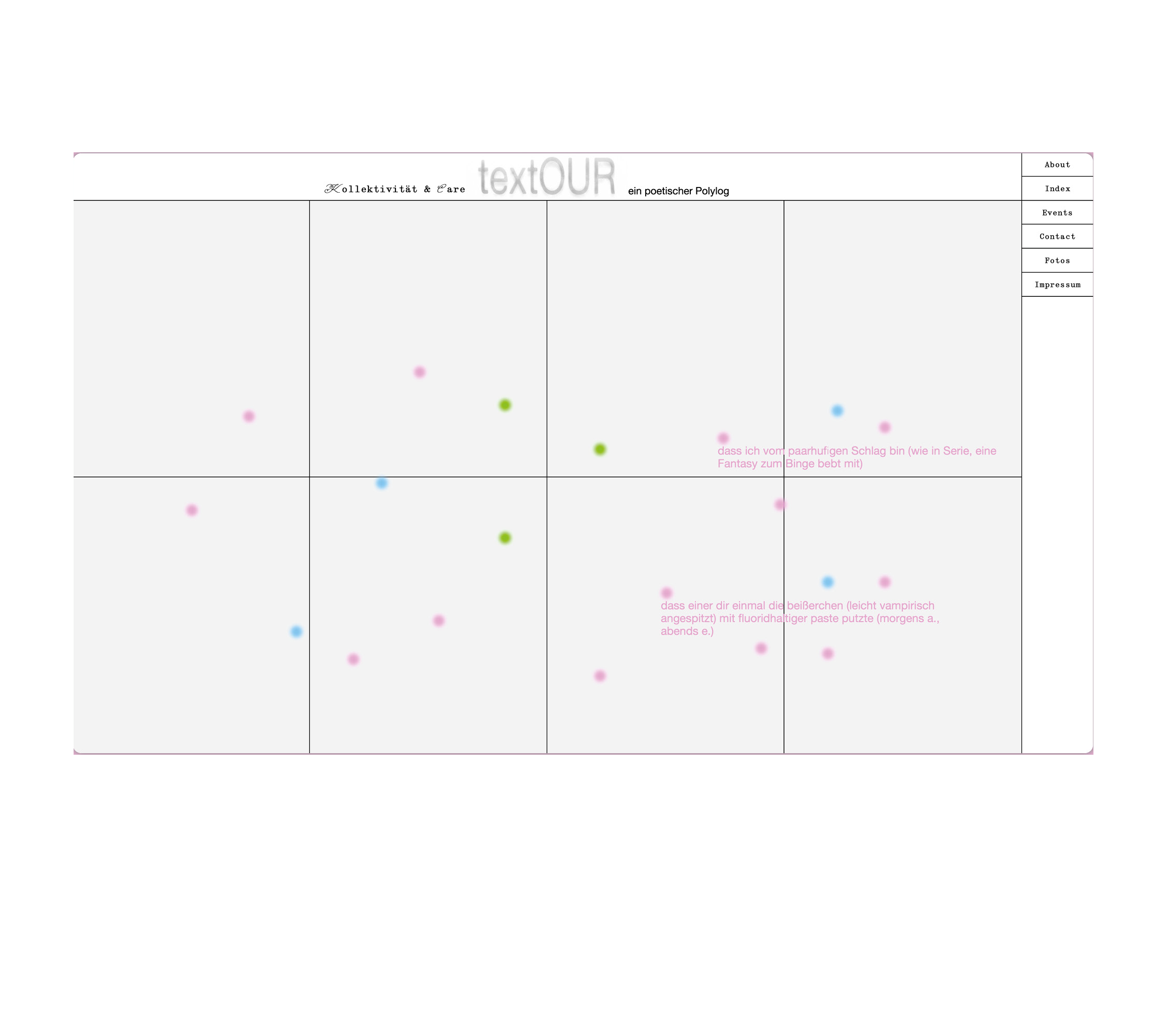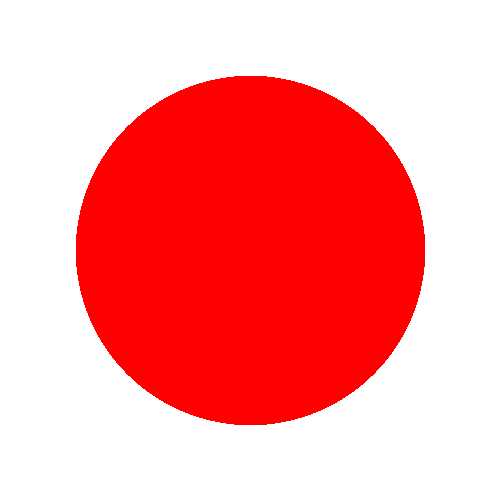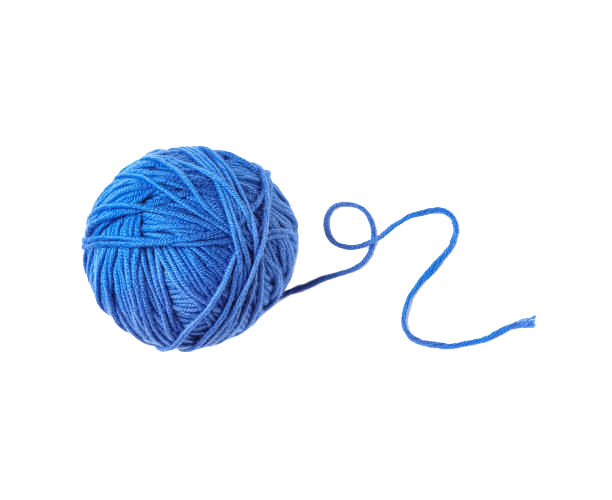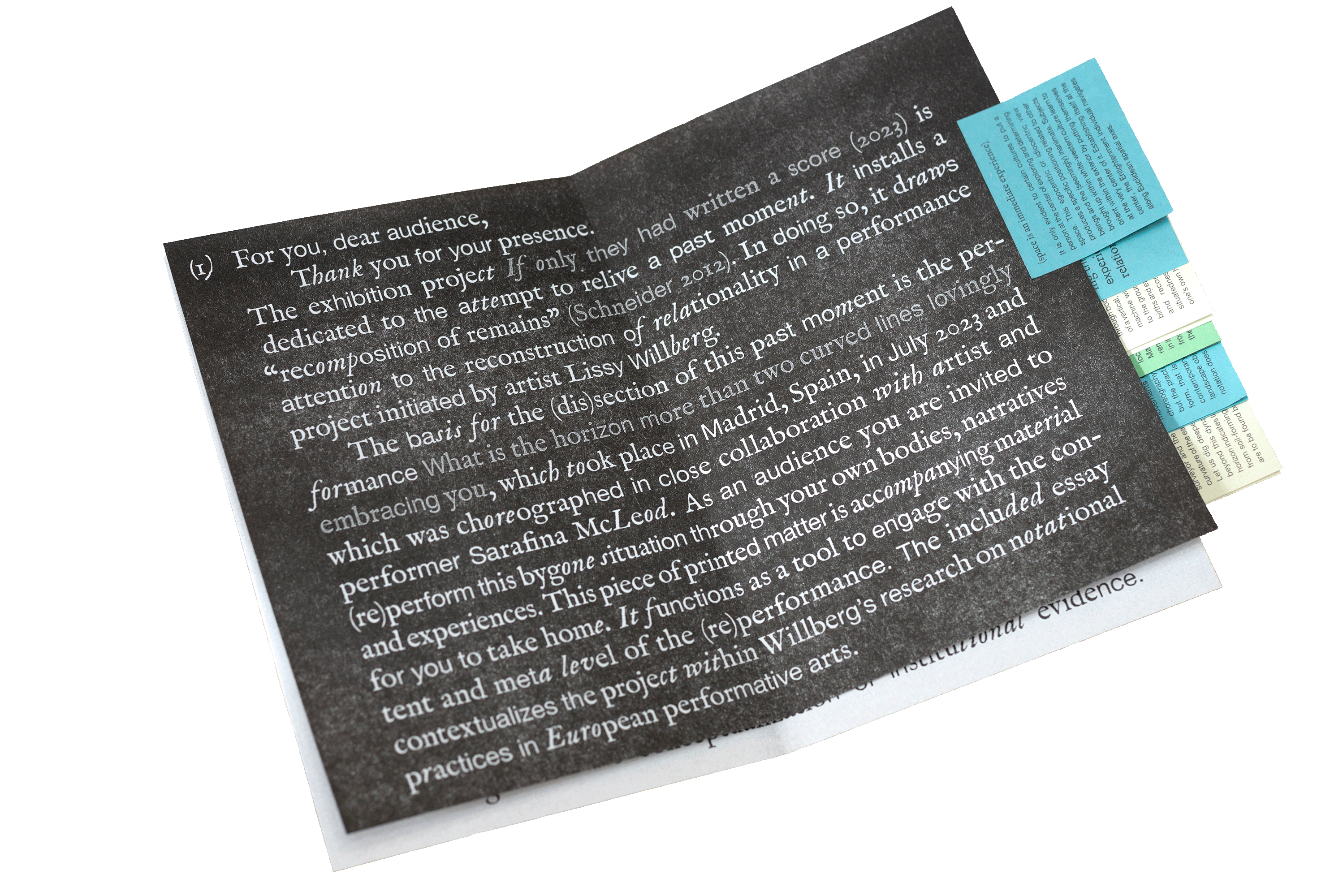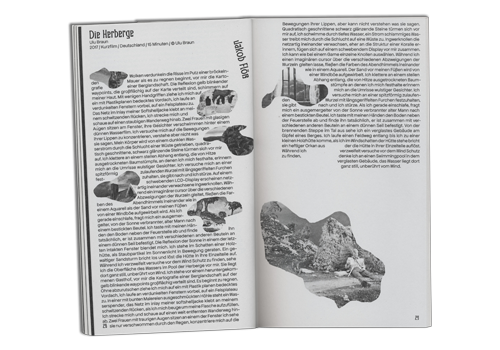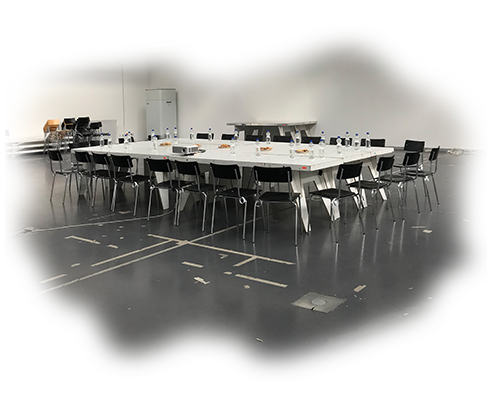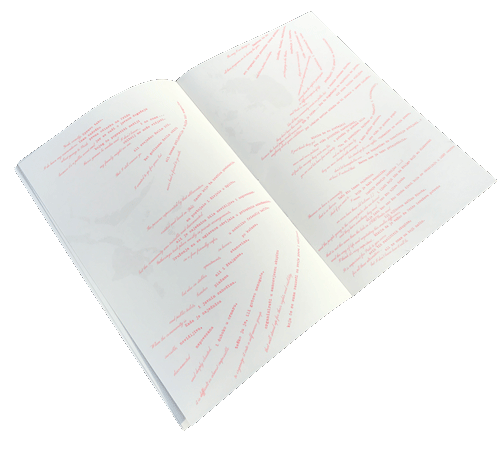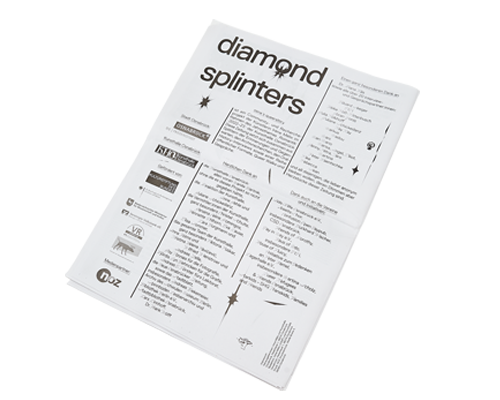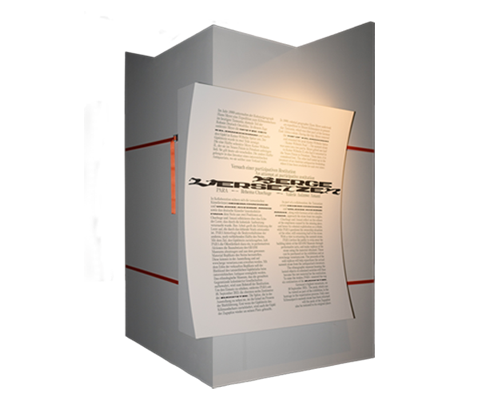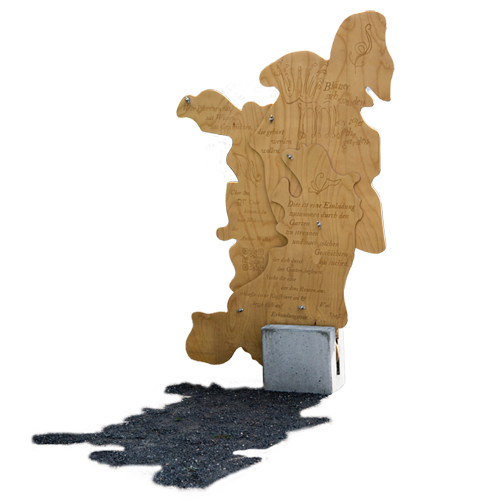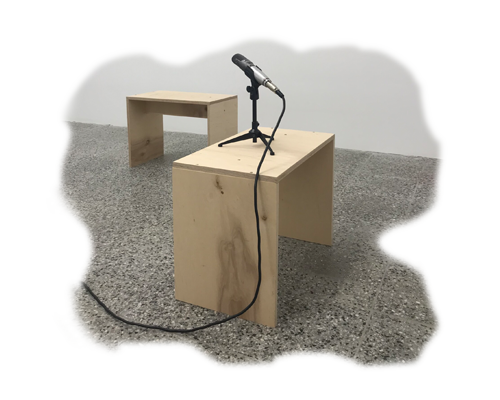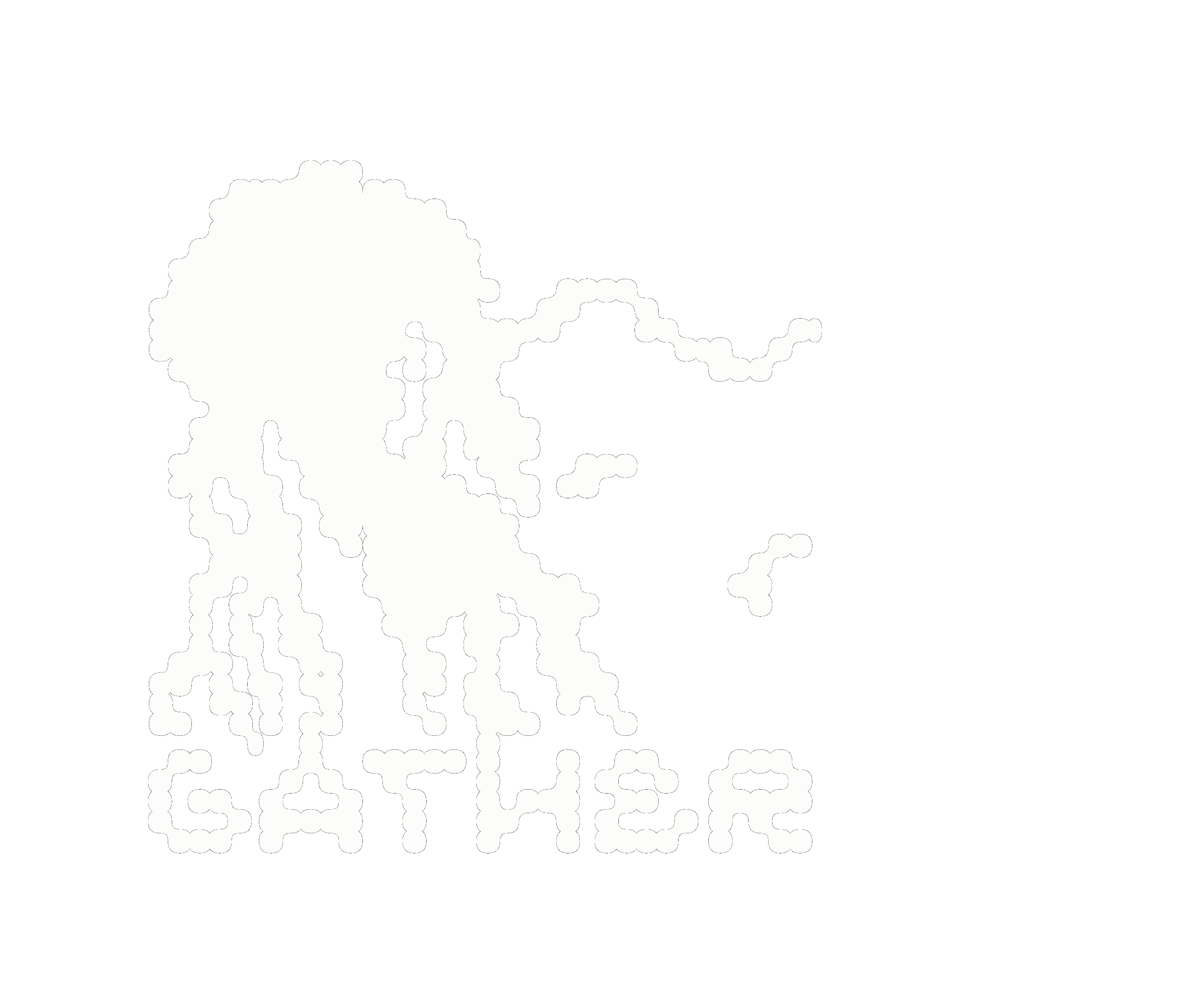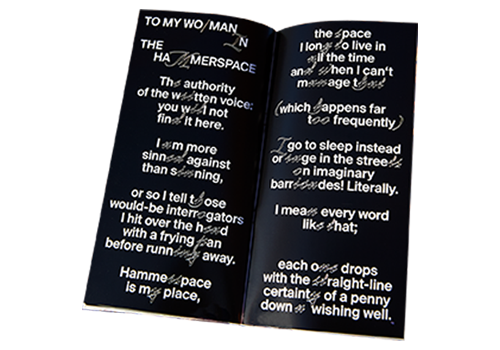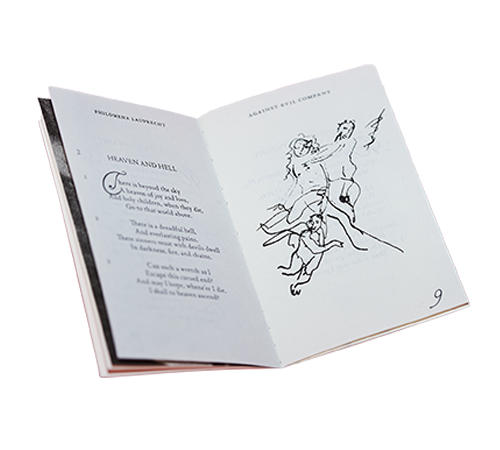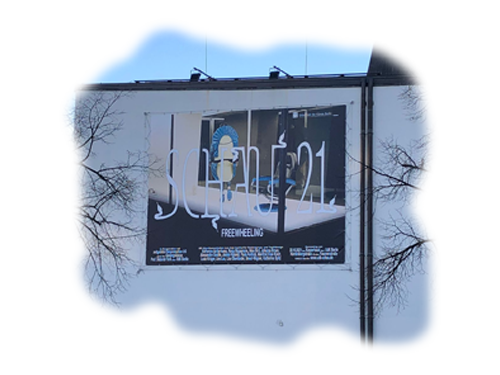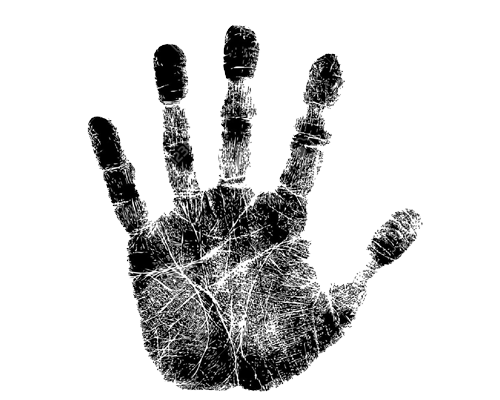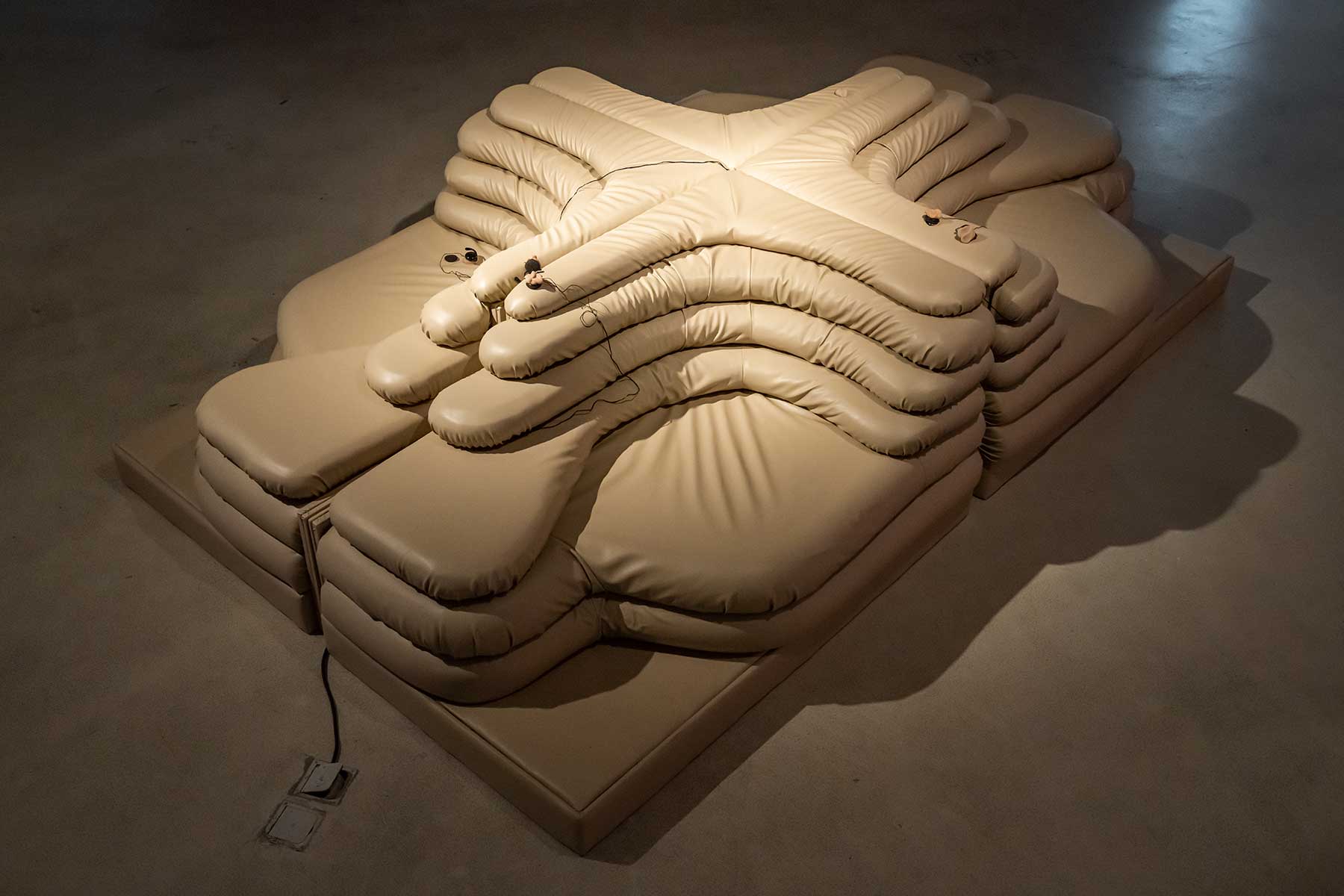
| Project | Research |
| Year | 2022 – ongoing |
| Tags | academia |
We have been working on a collaborative research project called "Composition as Explanation" alongside our design practice for some time now. Stemming from our conversations about graphic design, we are researching language systems within (graphic) design. We are interested in their progressive and regressive aspects and how they manifest various endeavors to position graphic design somewhere between applied work and a free art form.
This initially led to a shared Are.na channel with book recommendations, small notes, and eventually some collaborative documents where specific questions were formulated.
As a result of various engagements, designers develop narratives and positions using collective and/or individual language. This gives rise to creative, sometimes elaborate self-descriptions, words, categories, subcategories, and idiomatic expressions within an expanded conception of design. The language of design reproduces itself within a self-referential authoritarian bubble that is solidified in the so-called (design) canon. This canon limits the possibilities of expression and can inevitably lead to persistent conservatism.
Sharp, simple, slick, sensual...
Lyrical Design, Reflective Design, Emotional Design, Disobedient Design, Ontological Design...
What worlds do these language(s) represent, and how accessible are they outside (but also within) a class reunion, an art school, a cultural scene, or a design context? When does this language aim for understanding, and when is it self-serving, even exclusive? Where do we draw the line between expertise and gatekeeping in design and how we talk about it? What is the relationship between linguistic exploration and visual design?
In the (graphic) design theory, ominously referred to as design research, there is much discussion about the possibility of a non-teleological interpretation of graphic design as a point of resistance against capital. Interpretations, fictional moments that have always been an integral part of design (in the sense that design will always require a certain degree of translation), offer the possibility of creating worlds and imagining alternative scenarios.
These experimental, performative approaches tend to be occasionally fantastical, sometimes even out of touch with reality. On the other hand, text-based theoretical works can be very harsh, almost in the tradition of negative dialectics, leaving the reader with an understanding of a problem but also a kind of paralysis. Both approaches generate a certain set of phrases and expressions.
In contrast, in applied (graphic) design, one is often called upon to "speak" on behalf of others. However, it is precisely this impossibility of "speaking" for others that is highlighted here. Design is never neutral or universal but highly subjective, and personal responsibility must be assumed automatically, as well as the language itself. Therefore, the relationship and navigation between reading and speaking are among the main themes that designers can negotiate.
By assembling and embodying different texts, borrowing positions within a Live Action Reading Group (LARG), we attempt to develop a possible response through composition. A LARG is a format we have conceived that hybridizes between a Live Action Role Play (LARP) and a reading group. By consciously adopting positions of designers, theorists, artists, authors, and activists based on their texts and physically materializing them in a systemic constellation, people are positioned in space as representatives of members or aspects of a system/thought/position, engaging in relationships and dialogue. The reception of a text becomes performative research.
